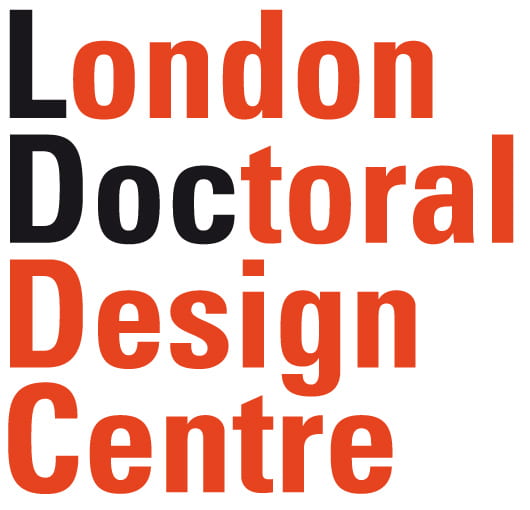
Materials form us and constitute the world around us, they carry in them an inherent symbolic and emotional expression. This semantic expression of a material is largely influenced by the social, geographical and the cultural context of the user. To find this out is the main focus of the research and in its original knowledge contribution, the work in material semantic was initiated by practically understanding the materials that surround us in our everyday life.

These could be largely divided into three basic categories:
1. Materials that make our physical body and help us to recognise the likes of our species. Like skin, hair, nails, blood, bones…
2. Materials that we consciously select to support our physical existence. These materials cover, protect and ornament us, they build cultural identities and help humans to survive different climatic and geographic conditions.
3. Materials that we consume physically to survive on a daily basis like food.
4. Materials that we encounter everyday in our natural environment and who subconsciously define the natural world surrounding us.

To understand and research material semantics, a week was spent documenting textures of different natural materials, from plant, animals and mineral origins with a spectro microscope at the Nature Lab, Rhode Island School of Design, Providence. A total of 317 scans were collected from 117 different natural materials.
Difficulties in defining geometric and organic patterns has been faced as sometimes, what seems to be organic when zoomed into takes a geometric form. Therefore the need of defining texture has been identified. When does the size of a pattern becomes a texture and vice versa. Texture is composed of the tactile, colour, hardness and temperature. It is a dialogue between the moving skin and the surface.

The scanned material surfaces will be used to investigate further material semantics and to identify any existing texture taxonomy. A selection of the scanned textures will be copied onto four basic materials textiles, ceramic, wood and metal. These samples of similar textures on different materials would be used to conduct workshops with various groups. Repertory grid technique would be used for this qualitative data collection for studying personal and interpersonal systems of meaning one would attach to materials.
Three groups are planned to do the data collection: the blind, with their extra sensitivity towards textures, students from school of materials who are trained towards textures and materials, and common people who are interested to do the test.

